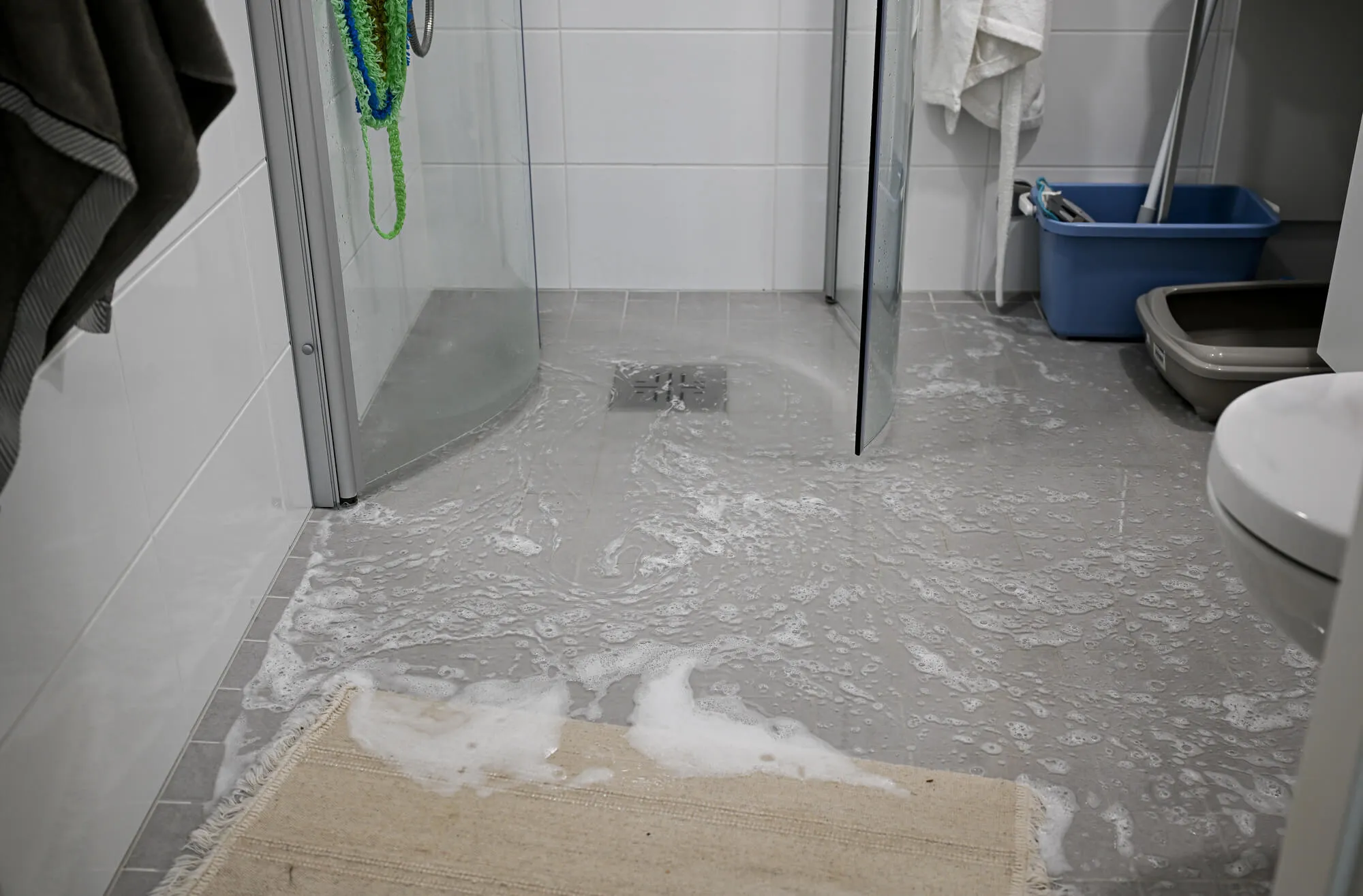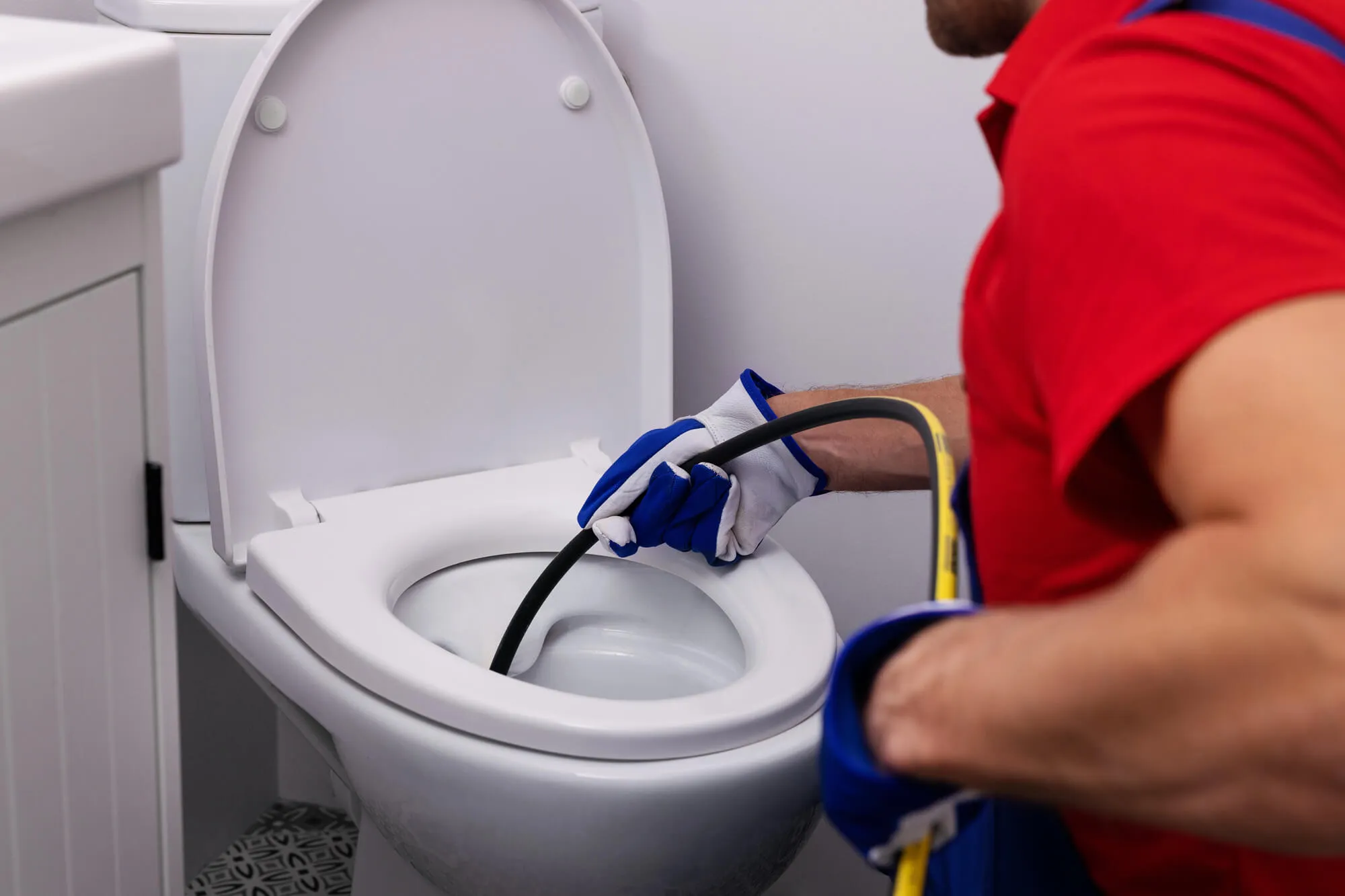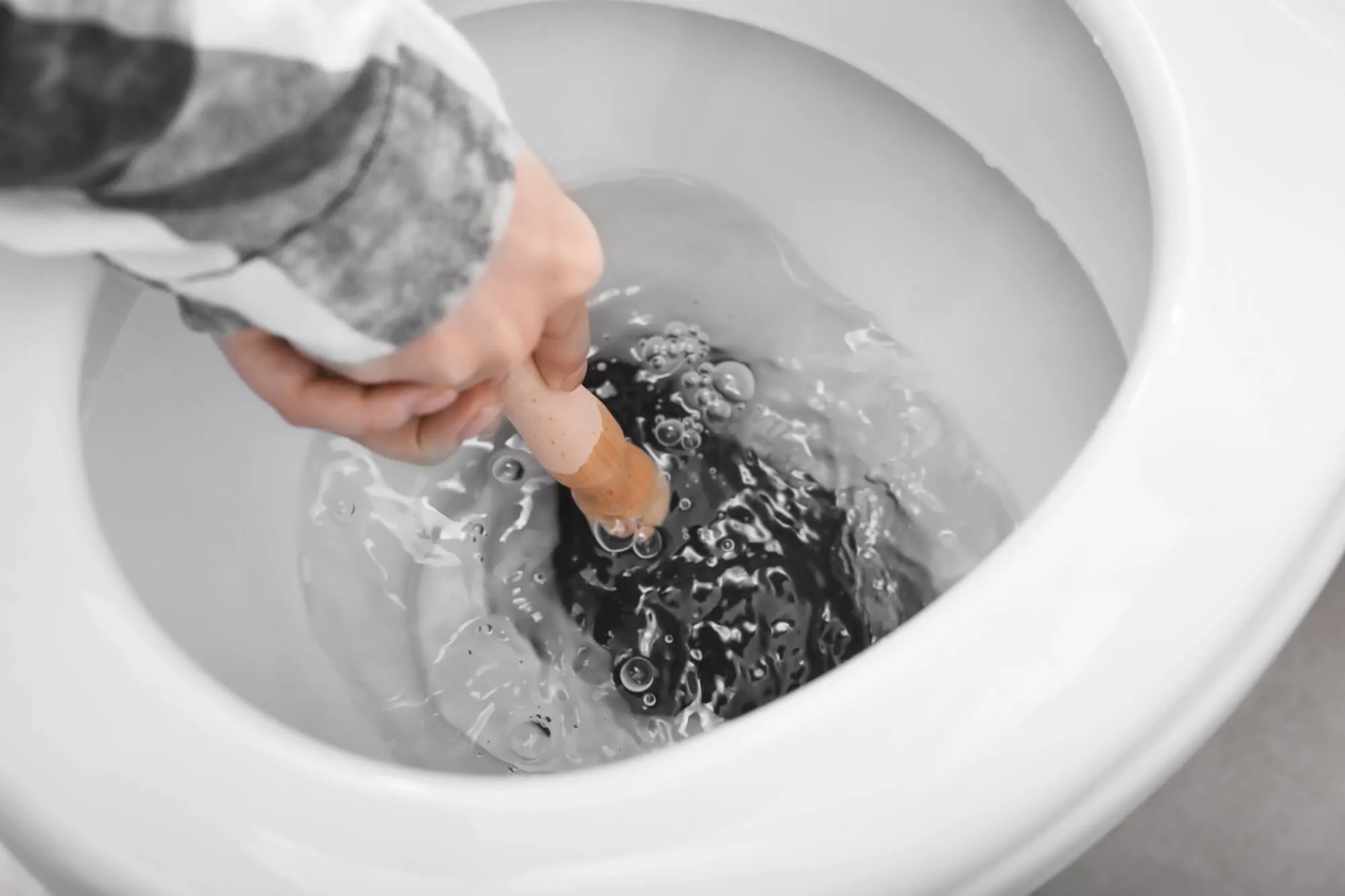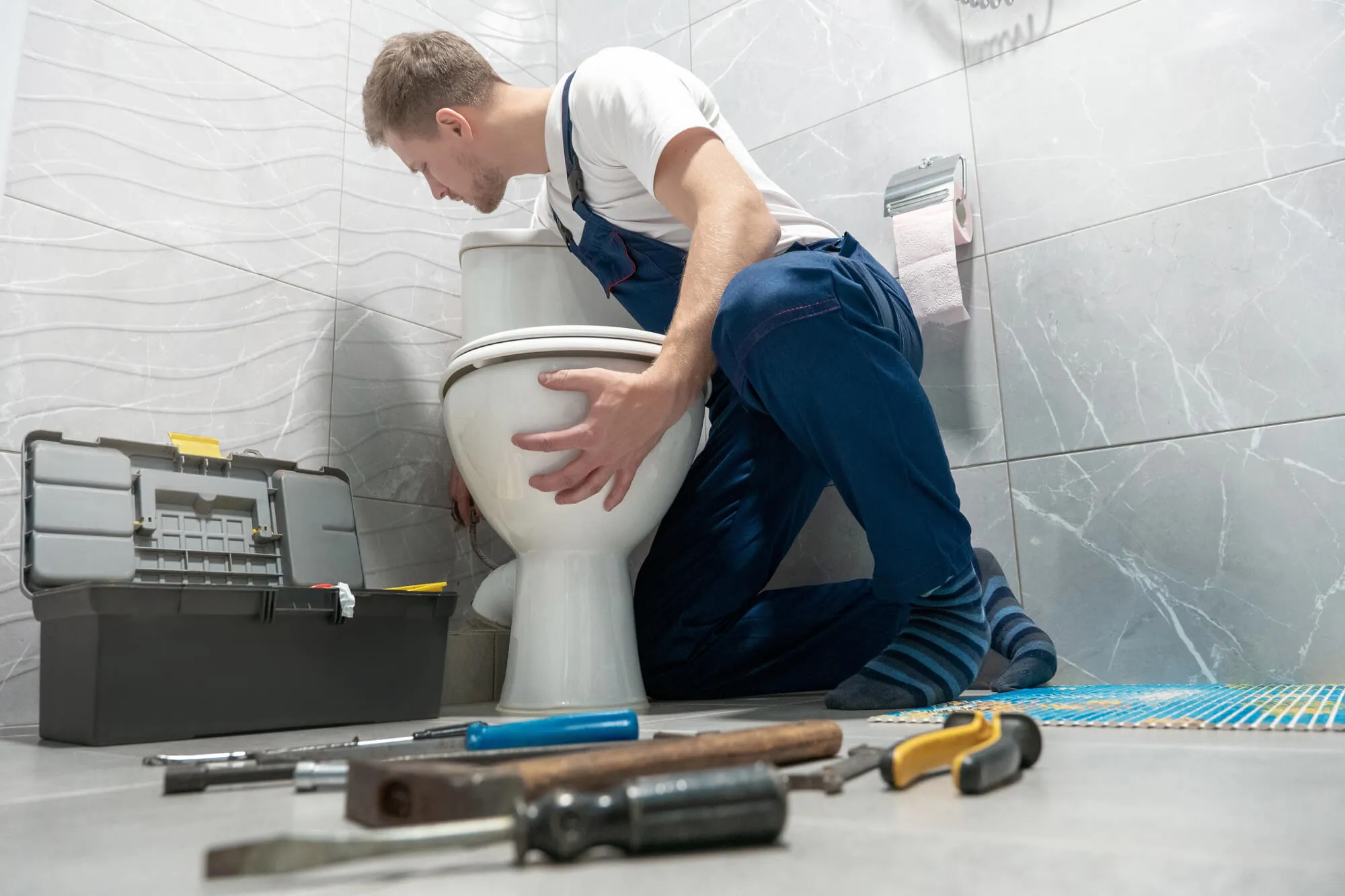You finish flushing the toilet and step away, but minutes later, you still hear that steady trickle of water. At first, it may seem like nothing more than an annoyance. But in reality, a running toilet can waste up to 200 gallons of water every single day, according to the Environmental Protection Agency. That constant flow not only drives up your water bill but may also indicate worn or damaged parts inside the tank.
Understanding the most common causes of a running toilet helps you take action before the problem worsens. And if you find yourself dealing with a persistent issue, a trusted plumber in Carefree can provide the right diagnosis and repair. Let’s take a closer look at why toilets run and what it means for your home.

Why Running Toilets Are More Than Just Annoying
Most homeowners first notice a running toilet because of the sound. The trickling noise can keep you awake at night or become a constant background irritation. But the impact goes far beyond sound.
A toilet that won’t stop running wastes thousands of liters of water every month. This drives up utility costs and places unnecessary strain on local water supplies. In fact, many households don’t realize the financial impact until their next bill arrives and it’s noticeably higher.
There’s also a hidden risk. Excess water can increase indoor humidity levels, creating the perfect conditions for mold and mildew growth. Over time, leaks may seep into floors or walls, damaging wood, drywall, and even your home’s foundation. What starts as a small trickle can eventually lead to structural repairs that cost far more than addressing the toilet problem early on.
The Most Common Causes of a Running Toilet
1. Worn or Damaged Flapper Valves
The flapper is a rubber piece at the bottom of the tank that lifts when you flush, allowing water to flow into the bowl. Over time, flappers can warp, crack, or lose their seal. When that happens, water slowly leaks into the bowl, keeping the toilet running continuously.
Signs include the sound of trickling water long after flushing or water rippling in the bowl. You may also notice the tank's water level dropping faster than normal. Replacing a worn flapper is one of the simplest and most common plumbing repairs, but it must be done correctly to restore the seal. Using the wrong size or type of flapper can worsen the problem, so it’s important to match the part with your toilet’s design.
2. Faulty Fill Valves
The fill valve controls how water refills the tank after each flush. If it’s faulty or clogged with debris, it may allow too much water to flow in, causing the tank to keep filling without stopping. Over time, constant water pressure can wear out the valve, making it less responsive.
A telltale sign of a faulty fill valve is water constantly moving through the overflow tube. This not only wastes water but also increases wear on other toilet components. Modern fill valves are adjustable, but when they wear out, replacement is often the only lasting option.
3. Float Position Problems
Inside your toilet tank, the float is a device that rises and falls with the water level. If it’s set too high, water spills into the overflow tube, forcing the fill valve to continue running. If it’s too low, you’ll end up with weak flushes and incomplete cycles that leave waste behind.
Adjusting the float’s position is sometimes enough to stop a running toilet. However, older floats can stick, corrode, or wear out, making adjustments less effective. In these cases, replacing the float or upgrading to a modern fill valve system can restore balance.
4. Overflow Tube Issues
The overflow tube prevents the tank from overfilling by diverting excess water into the bowl. But if the tube itself is damaged, cracked, or set too low, water continually drains, creating the sound of a running toilet.
This issue is often mistaken for a flapper or fill valve problem because the symptoms overlap. A plumber can quickly identify whether the overflow tube needs adjusting, sealing, or replacement to stop unnecessary water loss.
5. Mineral or Sediment Buildup
In areas with hard water, minerals accumulate on toilet components over time. This buildup interferes with seals, valves, and moving parts, preventing them from functioning properly. Sediment from older pipes can also collect in the tank and clog small openings.
A toilet with mineral buildup may run sporadically or continuously. Homeowners often notice white or rust-colored deposits around the tank parts, signaling it’s time for cleaning or replacement. Regular maintenance, such as flushing the tank and checking components, can help reduce this problem.
6. High Water Pressure
While strong water pressure is great for showers, it can wreak havoc inside your toilet tank. Excessive pressure forces water past seals and valves, causing continuous running or frequent refilling.
If your home’s water pressure is above the recommended range, you may notice multiple plumbing fixtures behaving strangely, not just the toilet. Faucets may drip, or pipes may make banging noises. In this case, adjusting the pressure regulator helps protect not only your toilet but your entire plumbing system.
7. Old or Outdated Toilet Parts
Like any household fixture, toilets age. Older models often use inefficient components that wear out faster or don’t meet today’s water-saving standards. Constant use over years can leave parts brittle, warped, or prone to leaks.
If your toilet is decades old and constantly running, repeated part replacements may only provide short-term relief. At some point, upgrading to a modern unit may be the most cost-effective choice. Newer toilets use less water per flush, saving money while preventing recurring running issues.
8. Improper Installation
Sometimes the issue isn’t age but installation. A fill valve set at the wrong height, a flapper chain that’s too tight, or a misaligned float can all cause water to run continuously. These mistakes often occur after DIY repairs or rushed installations.
Correcting installation errors requires careful adjustment to restore proper function. Left unaddressed, these small mistakes can waste thousands of liters of water each year and shorten the lifespan of the toilet.

Why Running Toilets Shouldn’t Be Ignored
A running toilet might seem like a small problem, but it quickly adds up. Not only does it waste water, but it can also mask larger plumbing issues such as pipe leaks or pressure problems. The longer you delay repairs, the higher your water bills climb and the greater the risk of damage to your home.
Taking action early is always more affordable than waiting until a minor problem turns into a major repair.
When to Call a Professional Plumber
Some issues, like adjusting the float or replacing a flapper, are within the reach of confident DIYers. But if you’ve tried simple fixes and the toilet still runs, it’s time to bring in a professional. A plumber can inspect all parts of the system, check water pressure, and replace components properly.
Professional help also saves you time and prevents repeated trial-and-error attempts that may damage your toilet. In many cases, what seems like a simple running problem may be linked to larger plumbing concerns best handled by an experienced technician.
How Running Toilets Affect Your Water Bill
A single running toilet can waste as much as 6,000 gallons of water in a month. Depending on local utility rates, that could translate into an extra $50–$100 added to your bill. For households on a budget, that’s money literally going down the drain.
Beyond cost, there’s also an environmental factor. Wasting water unnecessarily strains local resources, particularly in areas where conservation is a priority. Fixing a running toilet is one of the simplest ways to reduce your household’s environmental footprint.
DIY Fixes vs Calling a Professional
Some running toilet issues can be checked at home. Inspecting the flapper, adjusting the float, or cleaning visible mineral deposits are safe first steps for a handy homeowner.
But DIY fixes aren’t always reliable. Without the right tools or experience, you may misdiagnose the problem or even damage the toilet further. A professional plumber has the expertise to identify the exact cause quickly and replace parts with quality materials. This saves time, money, and stress in the long run.

Looking for a Reliable Plumber in Carefree?
Not every running toilet can be solved with a simple adjustment. If your toilet continues running after basic checks, or if you notice repeated problems, it’s time to call in a professional. A plumber in Carefree can provide a thorough inspection, pinpoint the cause, and carry out the right repair.
Professional help is especially important for older toilets, persistent leaks, or cases involving high water pressure. These situations often require more than just swapping out a part—they need precise adjustments and expertise to restore your toilet’s performance.
At Local Leaders Plumbing, we’ve helped countless homeowners stop running toilets in their tracks. Our licensed team is available day or night, ready to provide reliable service with a personal touch. Don’t let water and money slip away—contact us today to schedule your plumbing service and get peace of mind back in your home.


